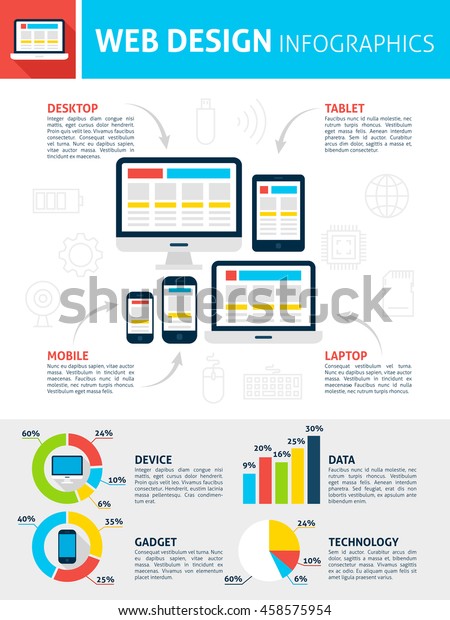Internet Site Layout Basics: Tips For Structure A User-Friendly Website
Internet Site Layout Basics: Tips For Structure A User-Friendly Website
Blog Article
Post Created By-Hall Gammelgaard
When it concerns website style, making certain user-friendliness is essential. From receptive design to streamlined navigation, every component plays a vital duty in producing a site that deals with your target market's demands. But what about the better details that can make or break a user's surfing experience? Stay tuned as we reveal some often-overlooked suggestions that can boost your internet site's functionality to the following level, making it genuinely stick out in the electronic landscape.
Significance of Responsive Layout
Responsive style is an essential facet of modern website advancement. Ensuring your web site is receptive methods that it can adjust to various display sizes and gadgets, providing a smooth experience for users.
With the increasing use smartphones and tablet computers to access the web, having a receptive design is important for getting to a bigger audience. It assists in boosting user experience by making your site simple to browse and read on any type of device.
In addition, receptive style can favorably affect your internet search engine rankings, as internet search engine like Google prioritize mobile-friendly websites. By having a receptive layout, you're also future-proofing your web site, as new tools with differing screen sizes continue to emerge.
Simplify Navigation Structure
To improve customer experience and promote very easy access to information on your site, enhancing the navigating framework is critical. When developing your website, concentrate on developing a clear and user-friendly navigation menu that helps site visitors locate what they're trying to find promptly.
Limit the variety of food selection things to the essentials, organizing relevant pages with each other to prevent frustrating individuals. Use detailed labels that plainly suggest the content of each web page, making it much easier for customers to recognize where each web link will take them.
Consider executing dropdown menus for subcategories to avoid littering the main navigation bar. Furthermore, consist of a search bar plainly on the web page for individuals that prefer searching for particular information.
Focus on mobile responsiveness in your navigating layout to ensure simple accessibility on all tools.
Maximize Page Load Speed
Improving page load rate is critical for preserving visitors on your internet site. Slow-loading web pages irritate users and can lead to high bounce prices. To maximize wordpress design agency , beginning by optimizing pictures. Compress pictures without endangering top quality to minimize their data dimensions.
Furthermore, make it possible for browser caching to save regularly accessed resources in your area, accelerating lots times for returning visitors. Minify CSS, JavaScript, and HTML documents by removing unneeded characters, remarks, and format, improving lots speed.
Consider using a web content distribution network (CDN) to disperse your website's content throughout several web servers worldwide, lowering latency for customers accessing your website from various places. Finally, limit using third-party manuscripts and plugins, as they can considerably impact tons times.
Final thought
Finally, by integrating receptive style, simplifying navigation, and enhancing page tons speed, you can develop an user-friendly site that attract a larger audience and enhances user experience. These essential elements make certain that visitors can easily accessibility and navigate your website throughout different devices, leading to enhanced interaction and contentment. By focusing on these crucial aspects, you can construct a successful internet site that maintains customers coming back for more.
